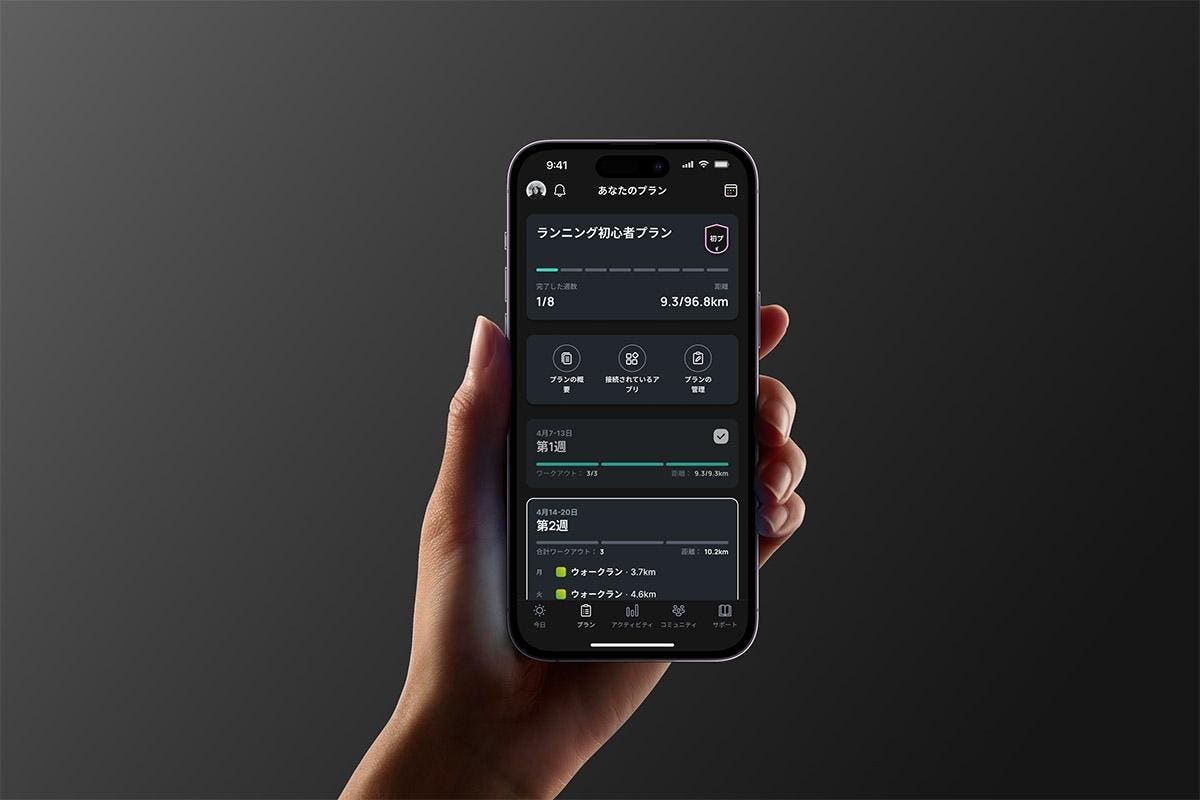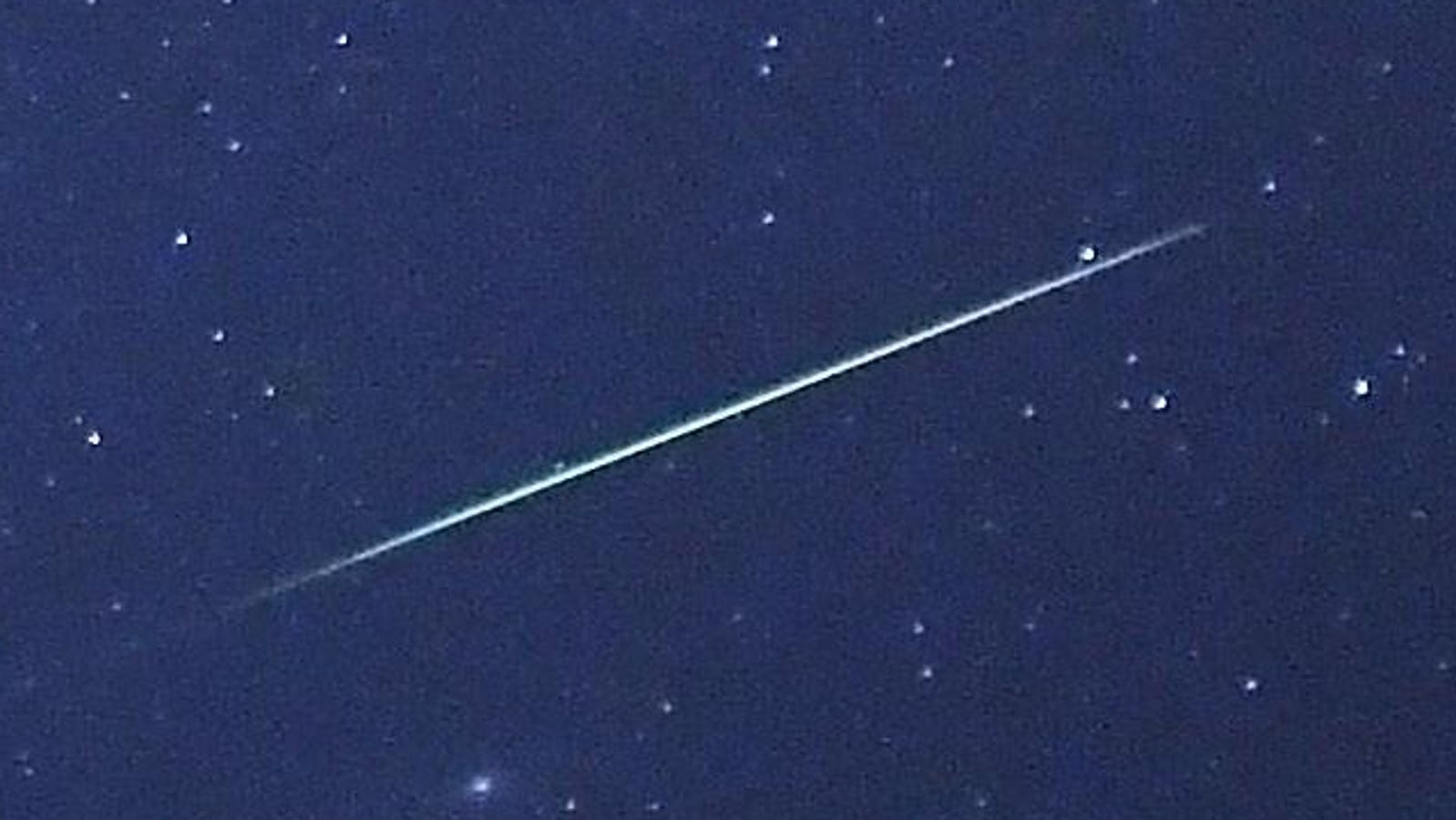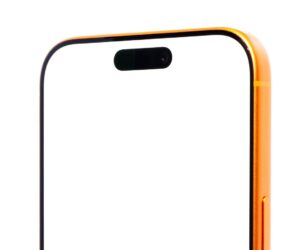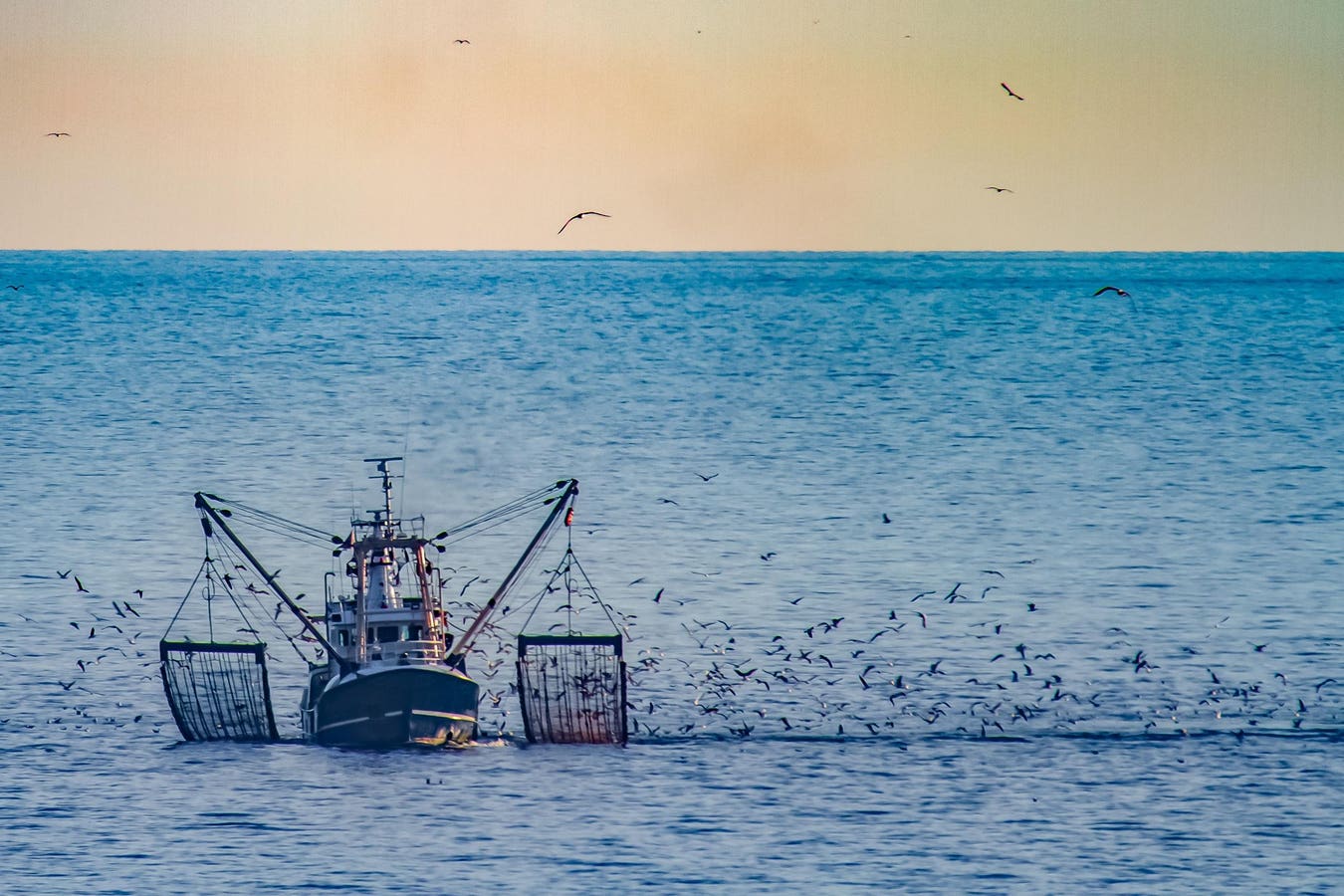Star Wars on 35mm 1977 at the BFI Southbank NFT1
The second BFI Film on Festival kicked off last night with an on-stage appearance from Lucasfilm president Kathleen Kennedy to introduce the first of two packed-out screenings of a rare original 1977 print of Star Wars.
Since creator George Lucas insistent that the 1997 special editions should be the only versions of the film that should be available, this original version, sans the many not- all-welcome additions, has never been publicly screened.
As such, some had assumed that Disney would also not let it see the light of day and o BFI chief executive Ben Roberts humorously implied that Kennedy’s in-person appearance at the festival intro was solely to put that notion to bed. “I know many of you did not believe that we had permission—and we find your lack of faith disturbing!”
A Day Long Remembered
Kennedy also emphasized how special these screenings were. “When I came into the company, there was endless conversation about where everything was, and what was, in fact, the first print,” she said. “And it’s quite remarkable— what you are going to see is, in fact, the first print.
“I’m not even sure there’s another one quite like it. To be able to experience this exactly how it was in 1977 is really special.”
The Star Wars print was created for the first UK release of Star Wars in December 1977, some seven months later than its May debut in the USA. This means that while many older British fans recall having seen the film in 1977, most of them would have actually seen it for the first time in 1978.
The ability to project the nearly 50-year-old print is only possible because of the durability of the Technicolor dye transfer printing technique that, thankfully, was used to create this print. As Roberts explained, had it been made with the far cheaper Kodak Eastman process, it would now be falling apart.
Somehow 1977 Returned
Of course, I would be surprised if anyone in the auditorium wasn’t already aware of all of this. The anticipation in the room was palpable, and, as soon as the original title card for the film appeared on screen, a loud cheer went up. Initially, the image was scratchy, shaky, and covered with image artefacts, but after a few minutes, this dissipated. This enabled me to take in the solidity of the image, revealing the details in the sets and costumes—the metal coverings of C3PO and R2D2 had never seemed so real.
Unlike ageing film stock, the charm, vim, and vigor of this wonderful original film never fades, and the audience laughed and cheered, seemingly as if they had never seen it before. Undoubtedly, the biggest roar of appreciation was saved for when Han Solo shoots first, summarily dispensing with Greedo.
What suffered in comparison to modern projection was the sound. The famous John Williams fanfare that blasted Star Wars onto our screens had appreciably less impact than even a standard screen would now offer, let alone IMAX and Dolby Cinema premium offerings while at some parts of the film, the sound warbled a little, before returning to normal.
Of course, what we now enjoy in cinemas in terms of superior audio is very much down to George Lucas. Star Wars, thanks to the genius of sound designer Ben Burtt, was one of the first movies to make full use of Dolby Stereo and, in a bid to raise theater audio in time for the release of Star Wars: Episode VI: Return of the Jedi, in 1983 Lucas introduced his THX cinema program.
While compared to the crispness of the modern 4K digital master, the image was technically flawed, rather than distancing us, those imperfections transported us to that original moment in time long, long ago, when audiences had never seen anything like Star Wars.
As Roberts said in his festival introduction, “Every print has a story to tell. There are memories baked into those prints every time they are screened, every scratch or imperfection adds to the story, and over the coming days, you’ll be part of the further stories of those prints.
Kennedy revealed that she was in the UK to prep for the upcoming Star Wars: Starfighter, starring Ryan Gosling, scheduled for release in May 2027, and while it’s unlikely, perhaps we can have a new hope that it gets a limited release on a film print.
As Kennedy said, “Innovation is something that we know keeps pushing cinema forward. It’s all based on the past, but we’re constantly trying to reinvent the future.”









